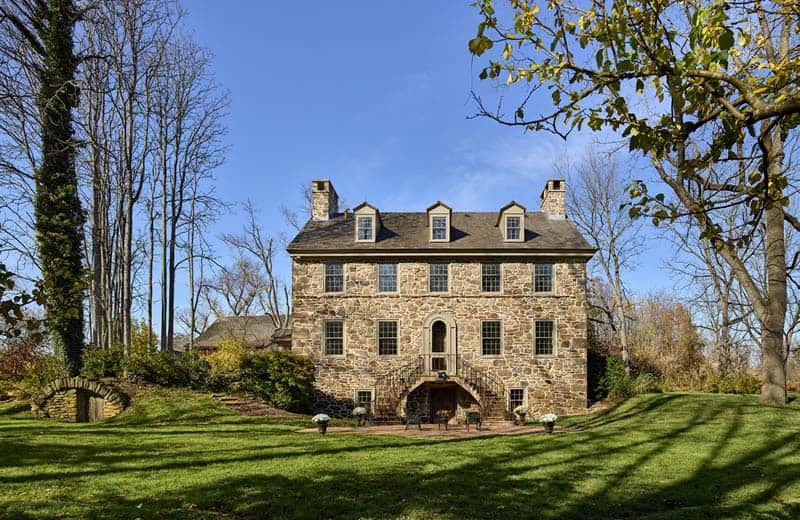
Archer & Buchanan Architecture in collaboration with Griffiths Construction has reimagined this historic stone house, nestled on 225 acres in Chadds Ford, Pennsylvania. Known as “Big Bend Farm”, this property has a storied past dating all the way back to the late 1700s. Renowned artist and conservationist George A. “Frolic” Weymouth had found this dwelling in ruins while hunting near Brandywine Creek.
The home had been abandoned since 1925. By 1961, Weymouth owned the dilapidated structure and the property, which had no running water or heat. He and his wife took three years to lovingly restore the home, going to great lengths to add 20th-century conveniences while preserving its character.
The homeowner had acted as his own architect while restoring this home, even coming across the remains of a Revolutionary War soldier under the hearth of the dining room. He decided to cover it right back up, as he had been there for longer and should stay!
Vandals had stolen windowpanes and staircase banisters. To address this, the owner reclaimed period glass from another home. He found a rotted newel post and a rung in the scattered debris around the property, which was used to reproduce the original staircase. There was also a modern-day luxury on this property — an indoor lap pool!
Weymouth passed away in 2016 and passed this home on to his son, who desired that Big Bend Farm live on for centuries to come. The project team was given the task of re-imagining the house’s interior with a gut renovation, aiming to provide modern amenities and a contemporary living space. At the same time, they were also responsible for restoring the exterior and making minor additions while preserving the historic character of the building as much as possible.
Inside, the ground floor included a new family entry and the addition of a modern kitchen. The homeowner desired a more open floor plan, a double-height library with a mezzanine, and a new sculptural stair to replace the existing switchback colonial stair.
The homeowner wanted the interior to surprise visitors. In response, the design delivers utterly unique, dramatic spaces created through custom casework, vaulted ceilings, and a plan that provides multiple sightlines through the house from various points of entry.
What We Love: Surrounded by a serene countryside setting, this historic stone house provides a seamless blend of old and new. Inside, the interior spaces deliver modern amenities that set the stage for a contemporary lifestyle. Overall, we are loving the story of this home’s past and how lovingly it has been preserved and protected to keep the history of this dwelling alive for the next generation.
Tell Us: What are your overall thoughts on the historical preservation of this Pennsylvania home? Let us know in the Comments below, we love reading your feedback!
Note: Have a look at a couple of other fabulous home tours that we have showcased here on One Kindesign in the state of Pennsylvania: House Tour: An old barn in Pennsylvania gets a refreshing renovation and Delightful restoration of a brick and fieldstone farmhouse in Pennsylvania.
Above: The wood stove and antique accents give this double-height library with a mezzanine a cozy and inviting atmosphere with convenience and luxury.
The entire second floor of the house serves as the master suite while the attic level houses two bedrooms, each with its own full bath. The lower level includes mechanical spaces and a catering kitchen and preserves the original “dining room” of the house with its cooking hearth.
Above: This bedroom has a rustic and charming feel thanks to the exposed beams that completely elevate the space. They add so much character and warmth to the room. Not to mention, they provide a unique architectural element that you just can’t get with standard ceilings.
Above: The surrounding countryside views of this historic stone home are simply breathtaking while the expansive backyard is perfect for outdoor gatherings.
To preserve the character of the exterior facade, George A. “Frolic” Weymouth placed a facade easement on the dwelling (this preserves a historical structure by restricting changes to the structure to ensure that it is preserved forever). This limited the scope of the project to the confines of the structure, where only the interior could be altered to meet the evolving lifestyle needs of future generations. This resulted in the architect having to carefully plan the services and technology into the shell of an 18th-century home.
BEFORE THE RENOVATION
PHOTOGRAPHER Jeffrey Totaro & Jim Graham

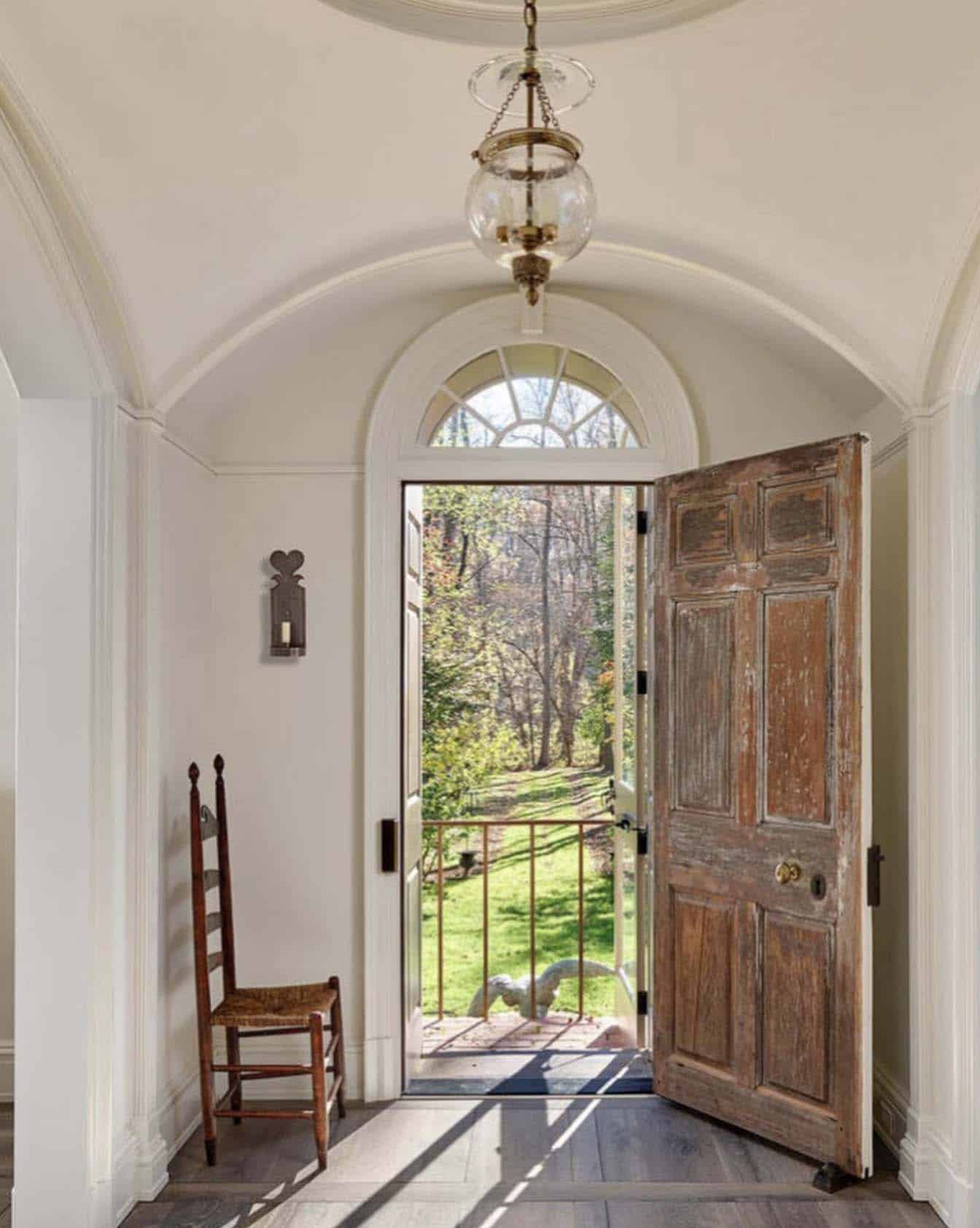
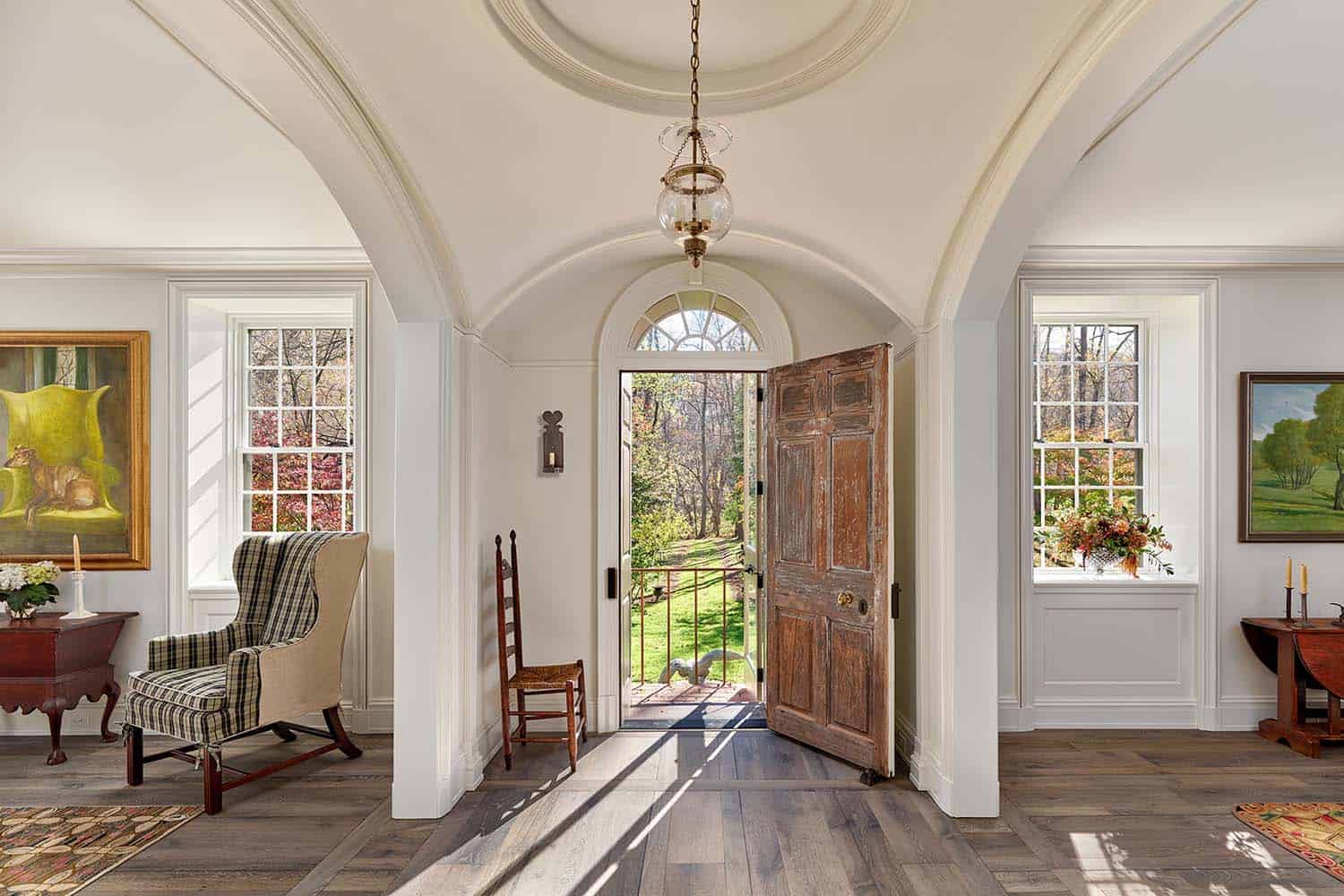
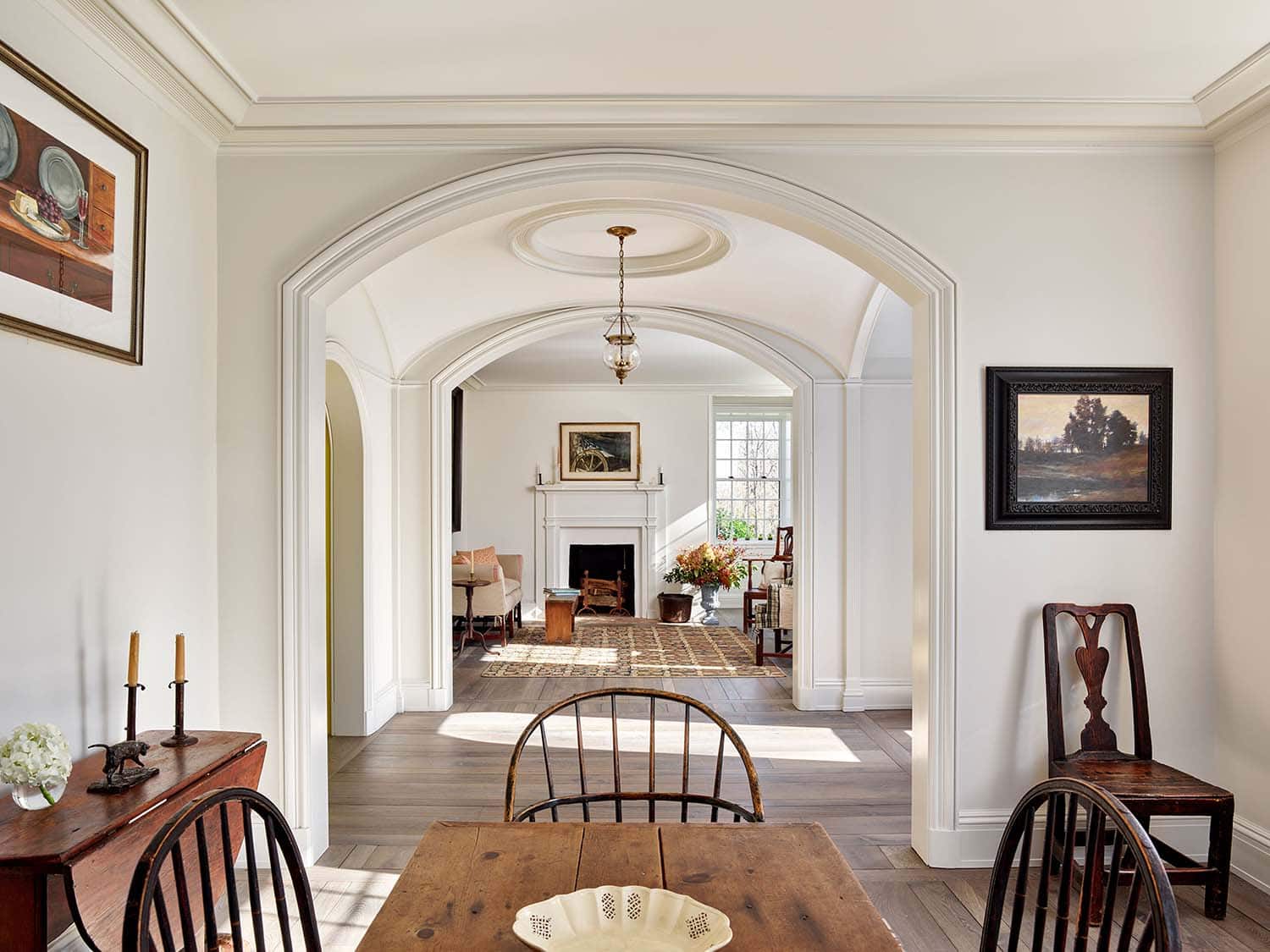
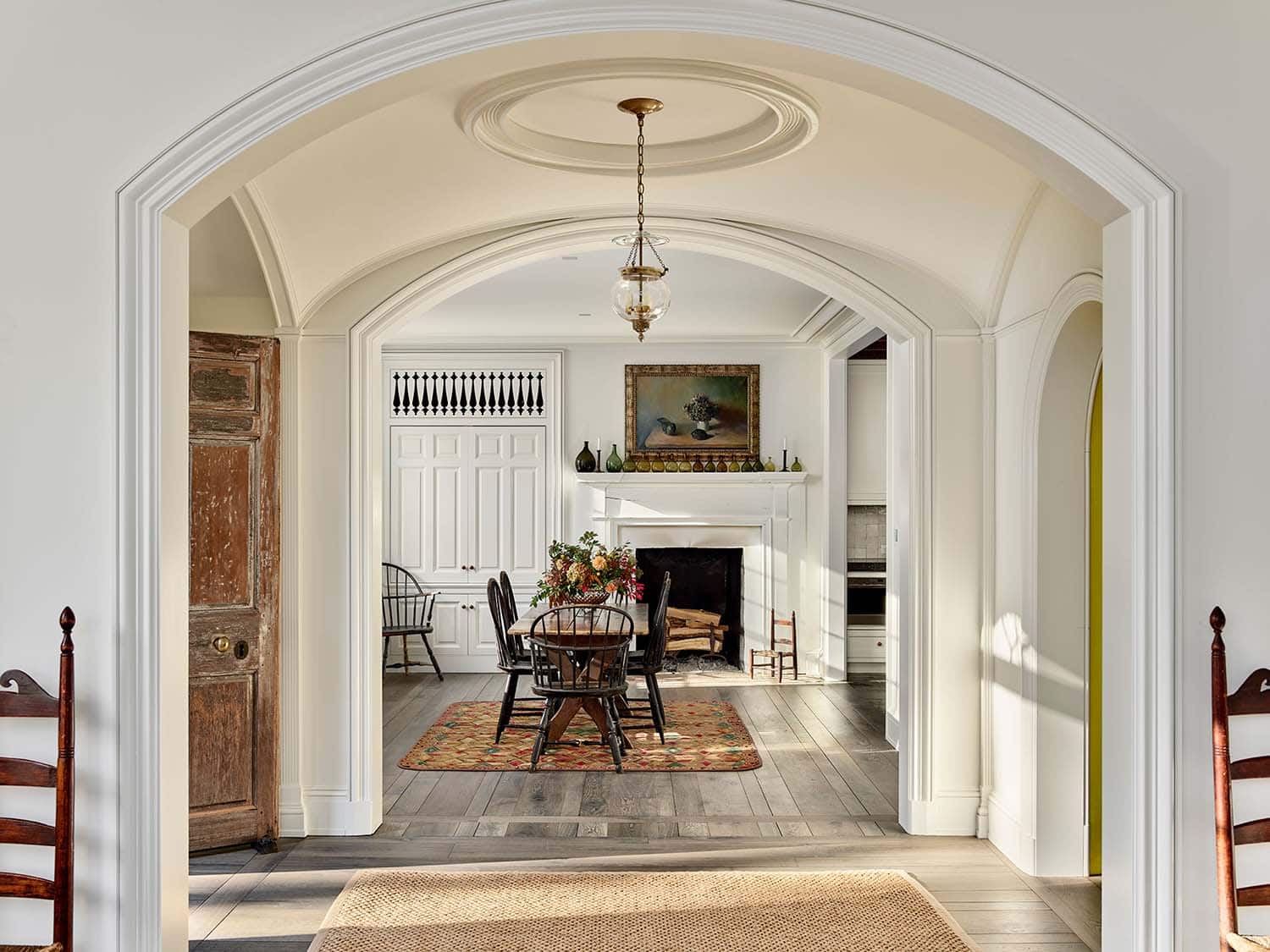
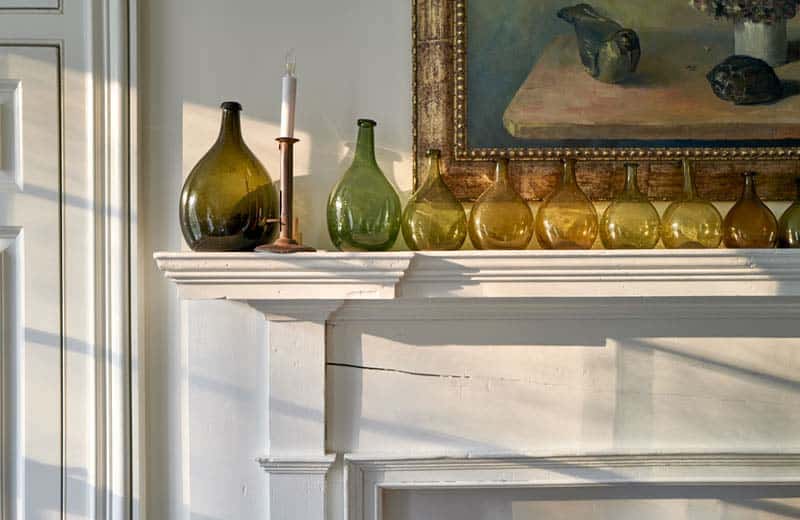
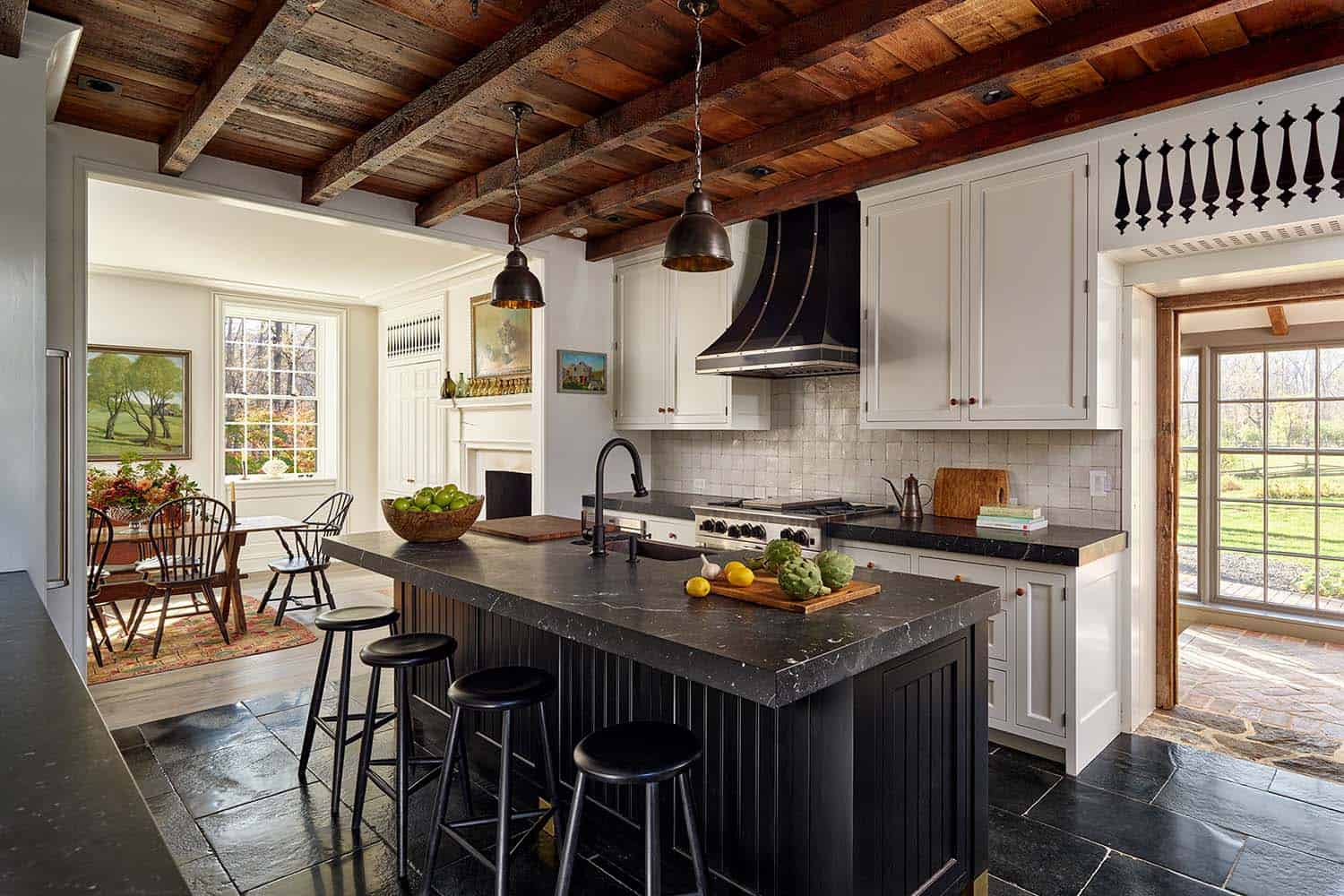
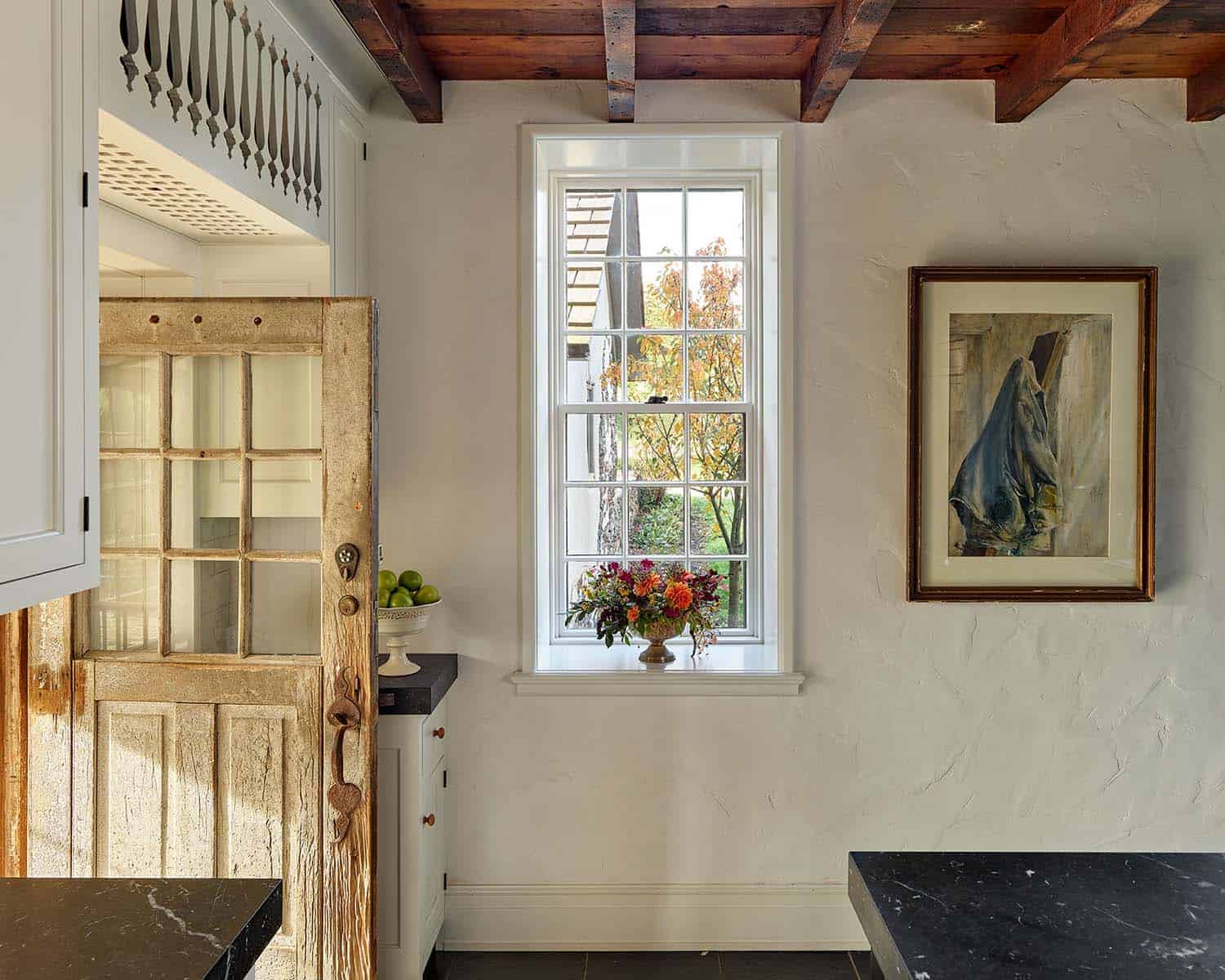
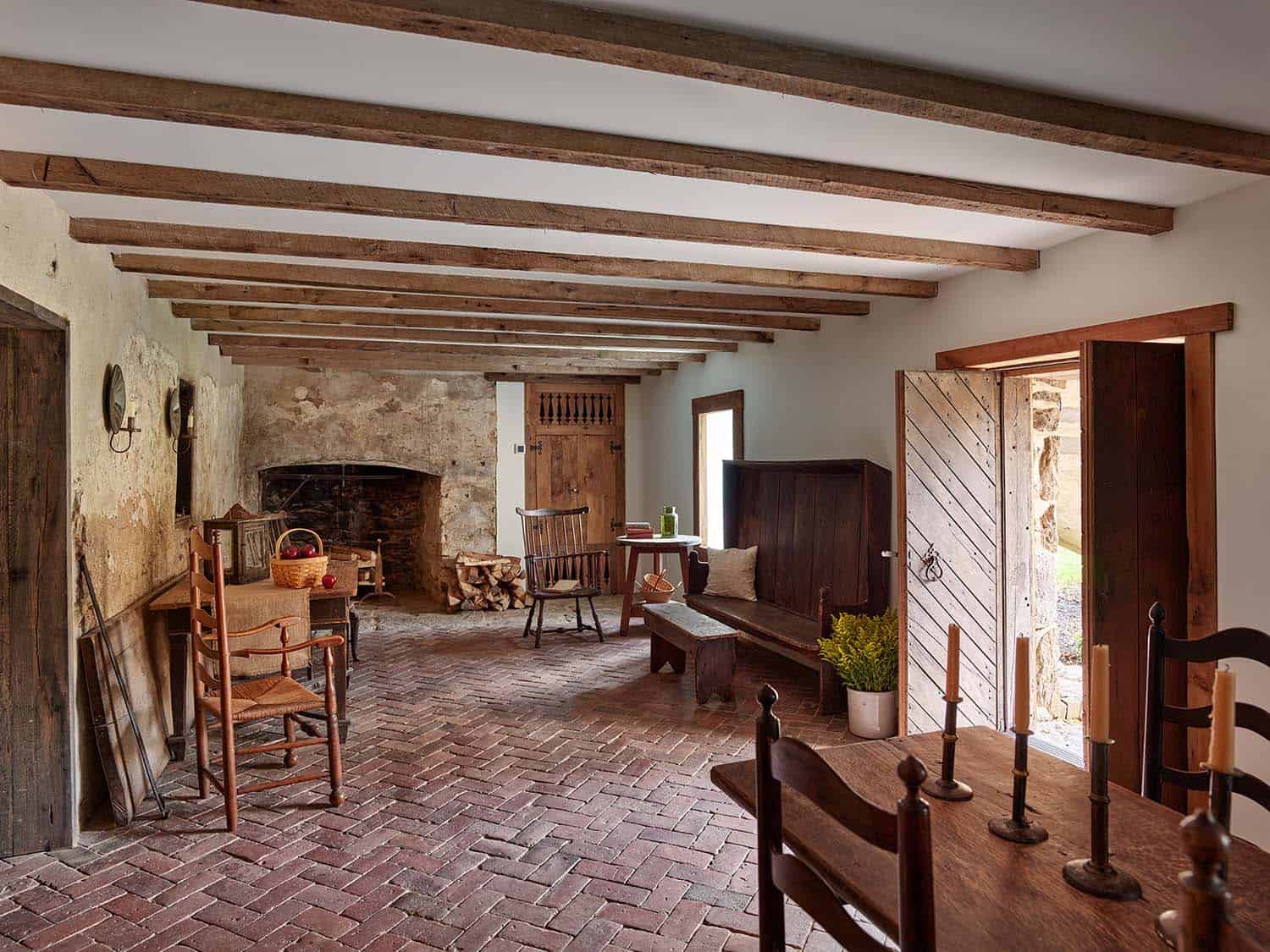
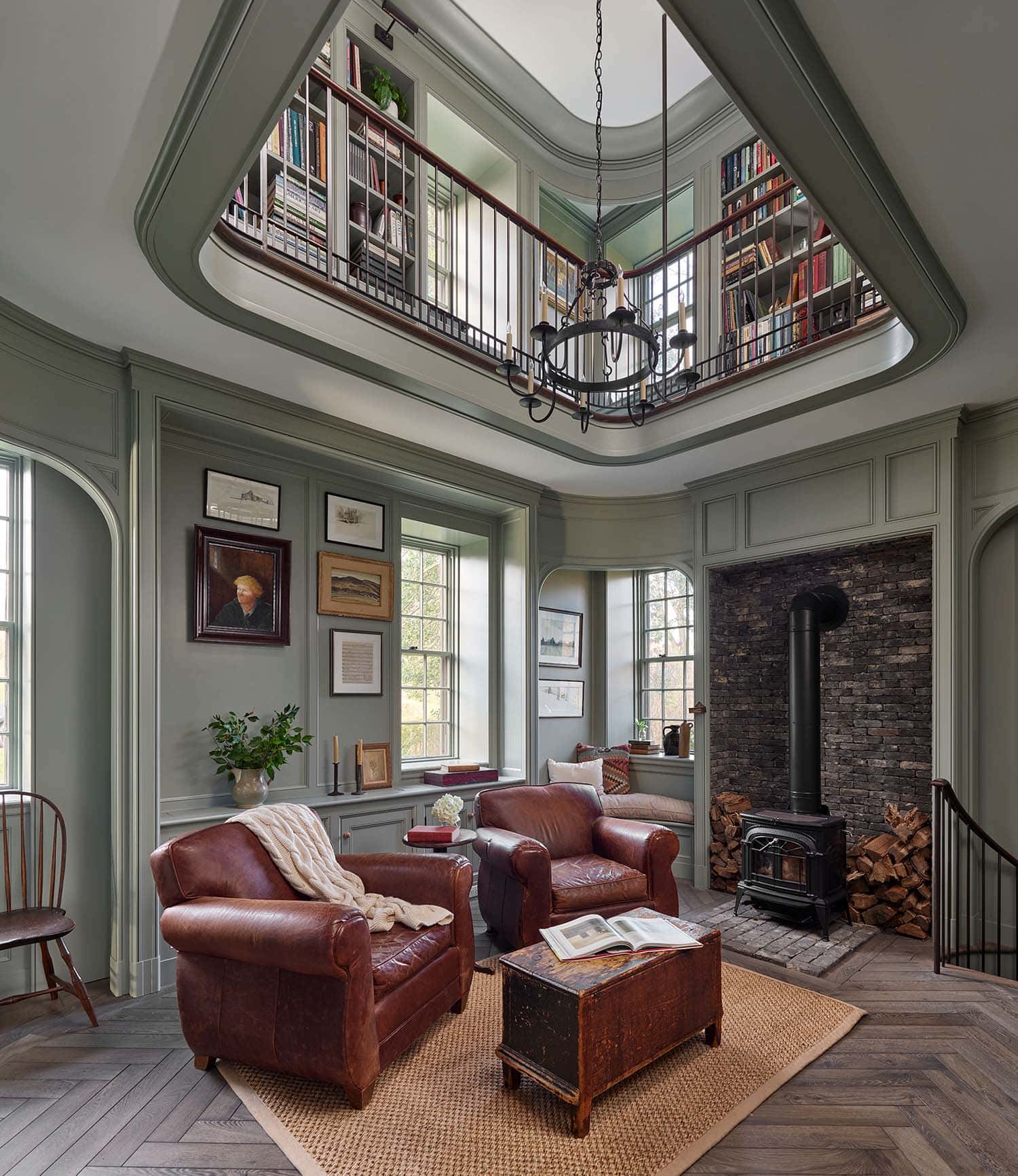
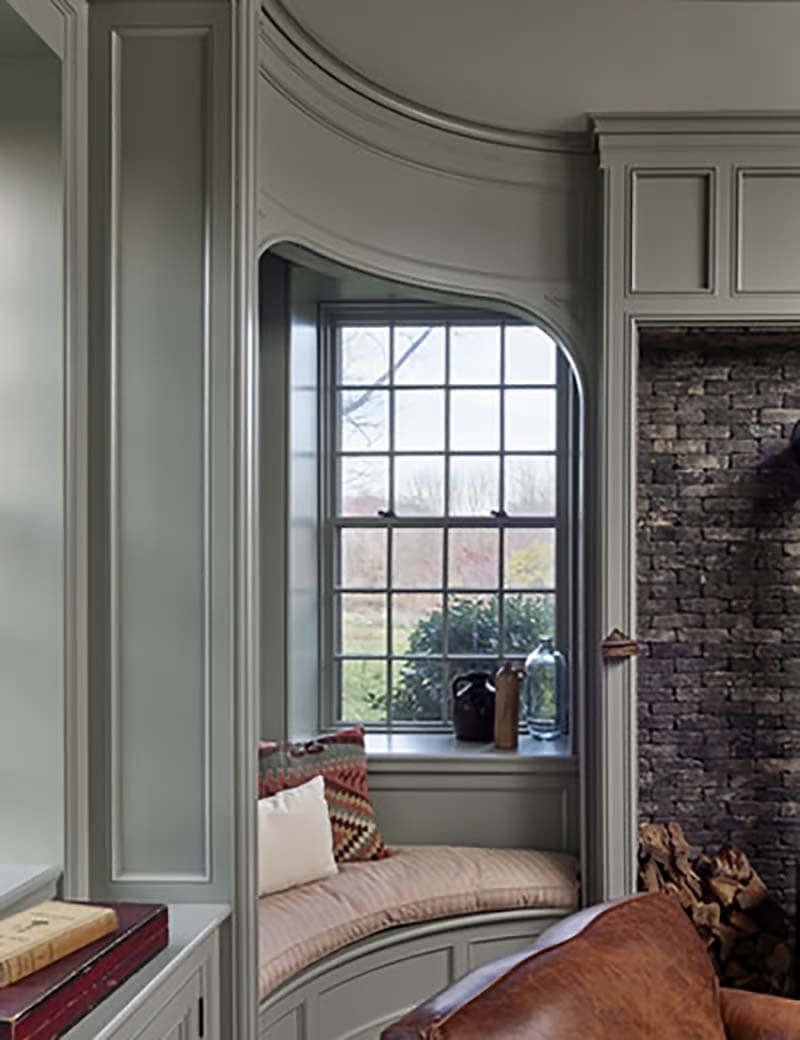
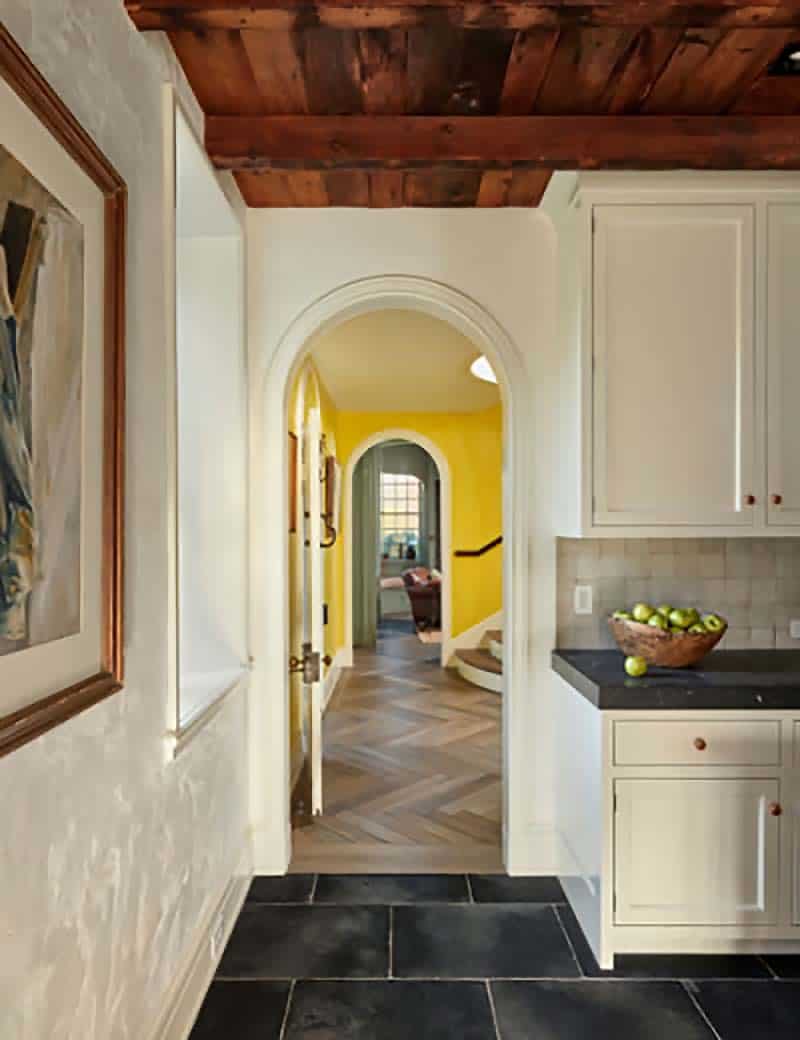
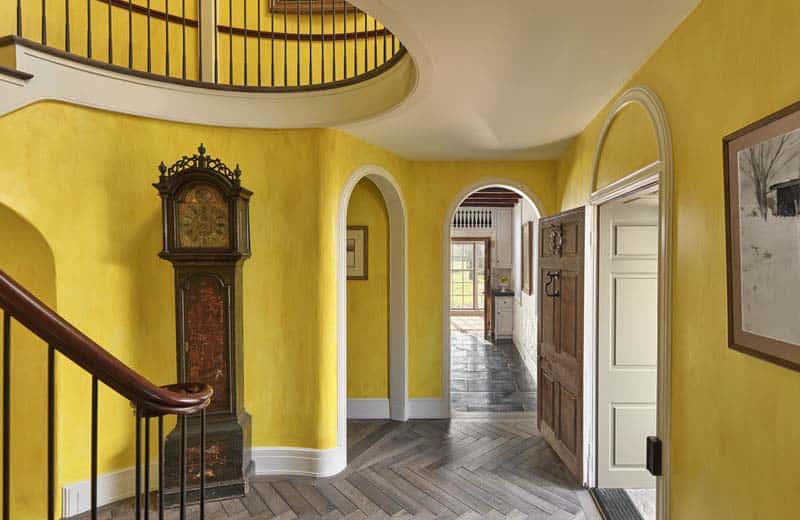
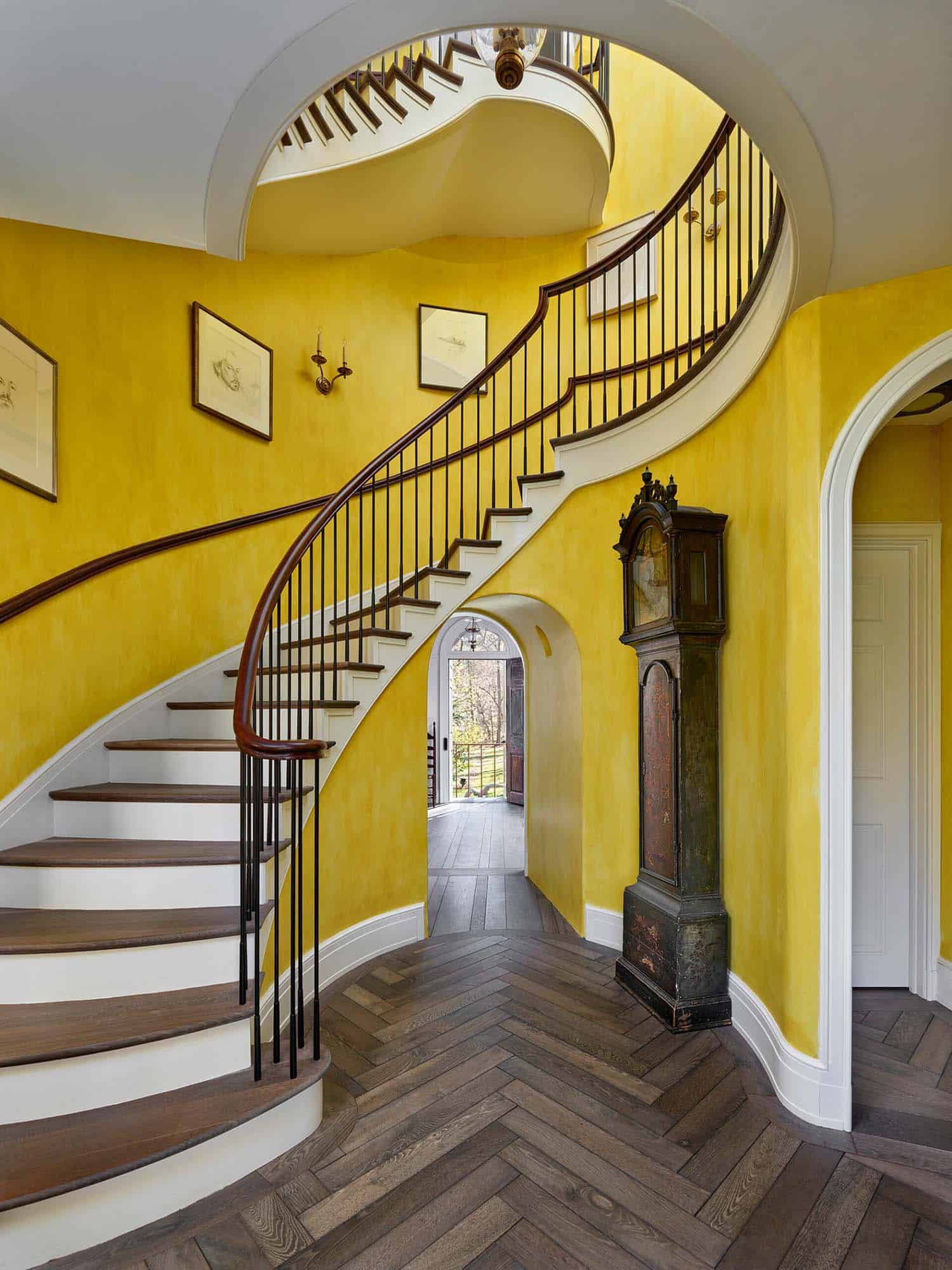
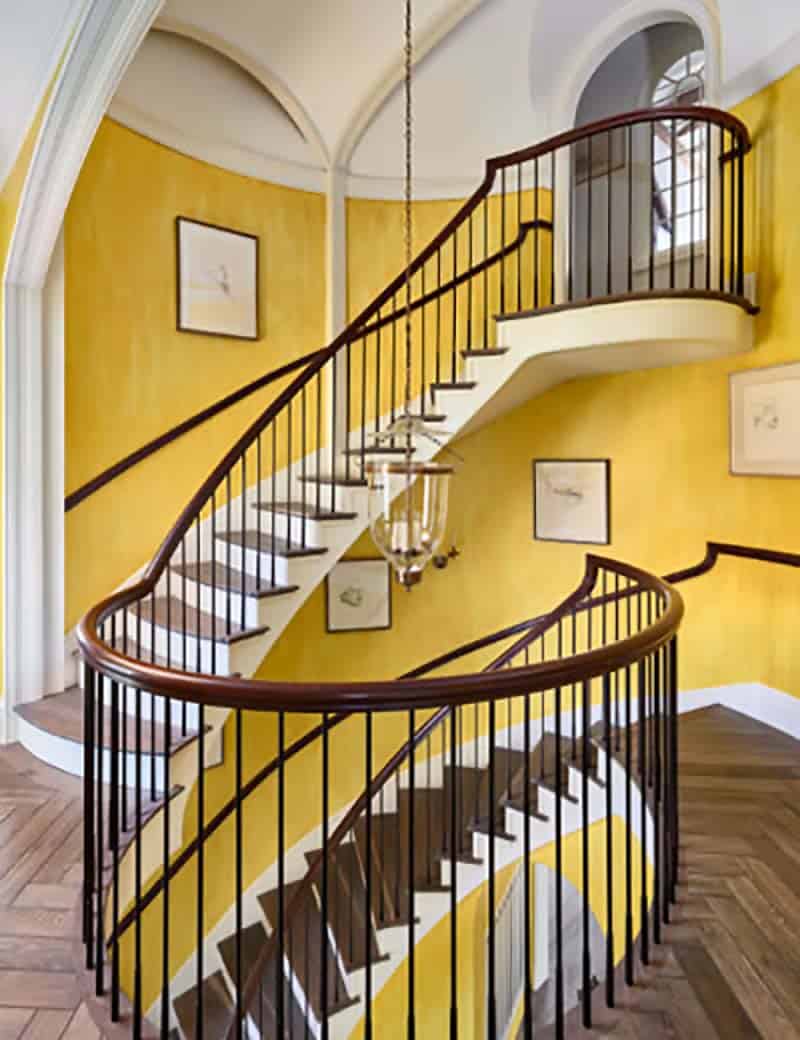

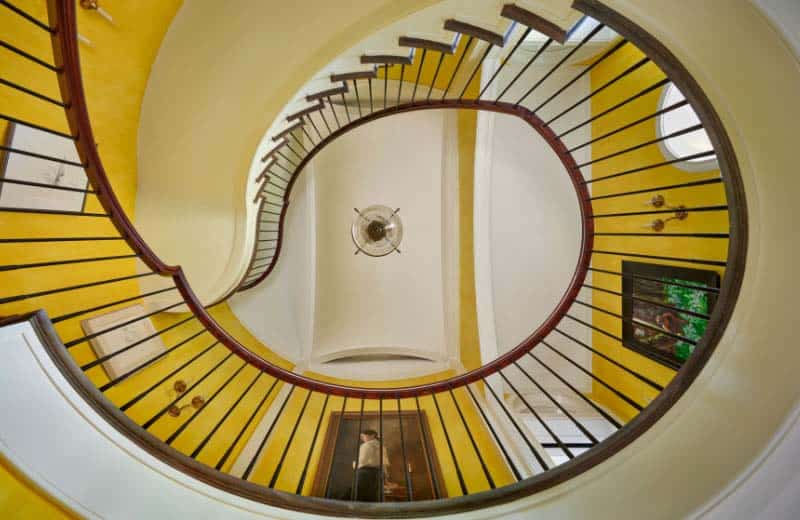
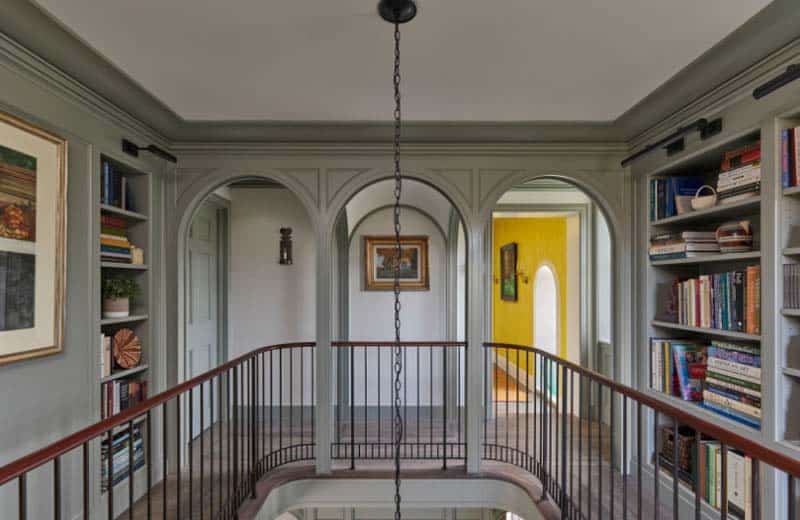
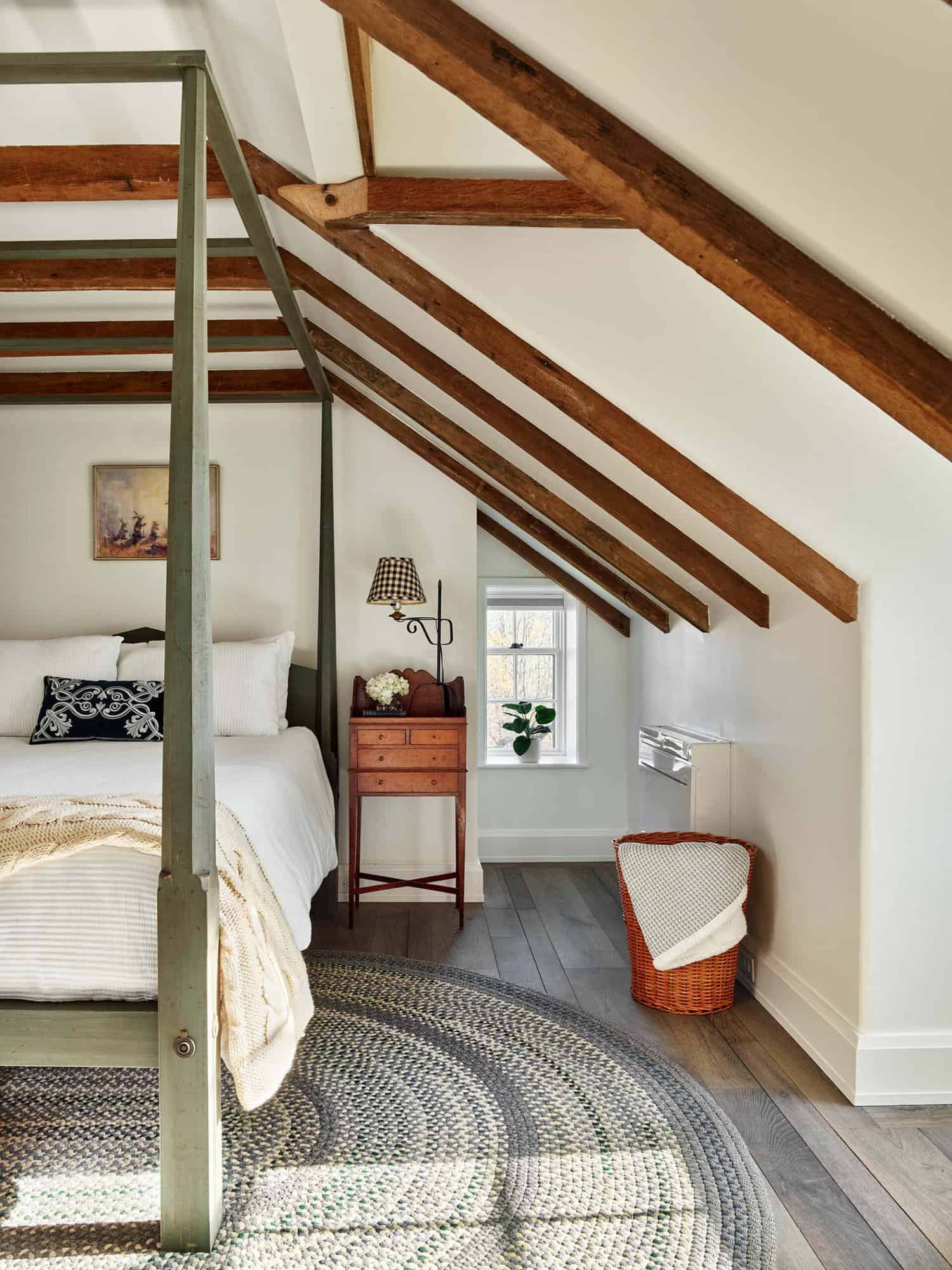
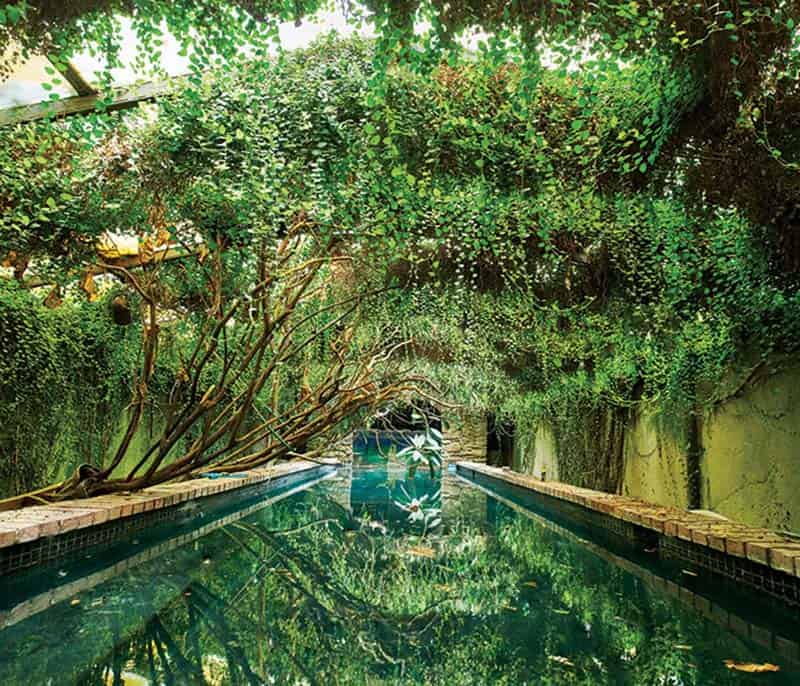
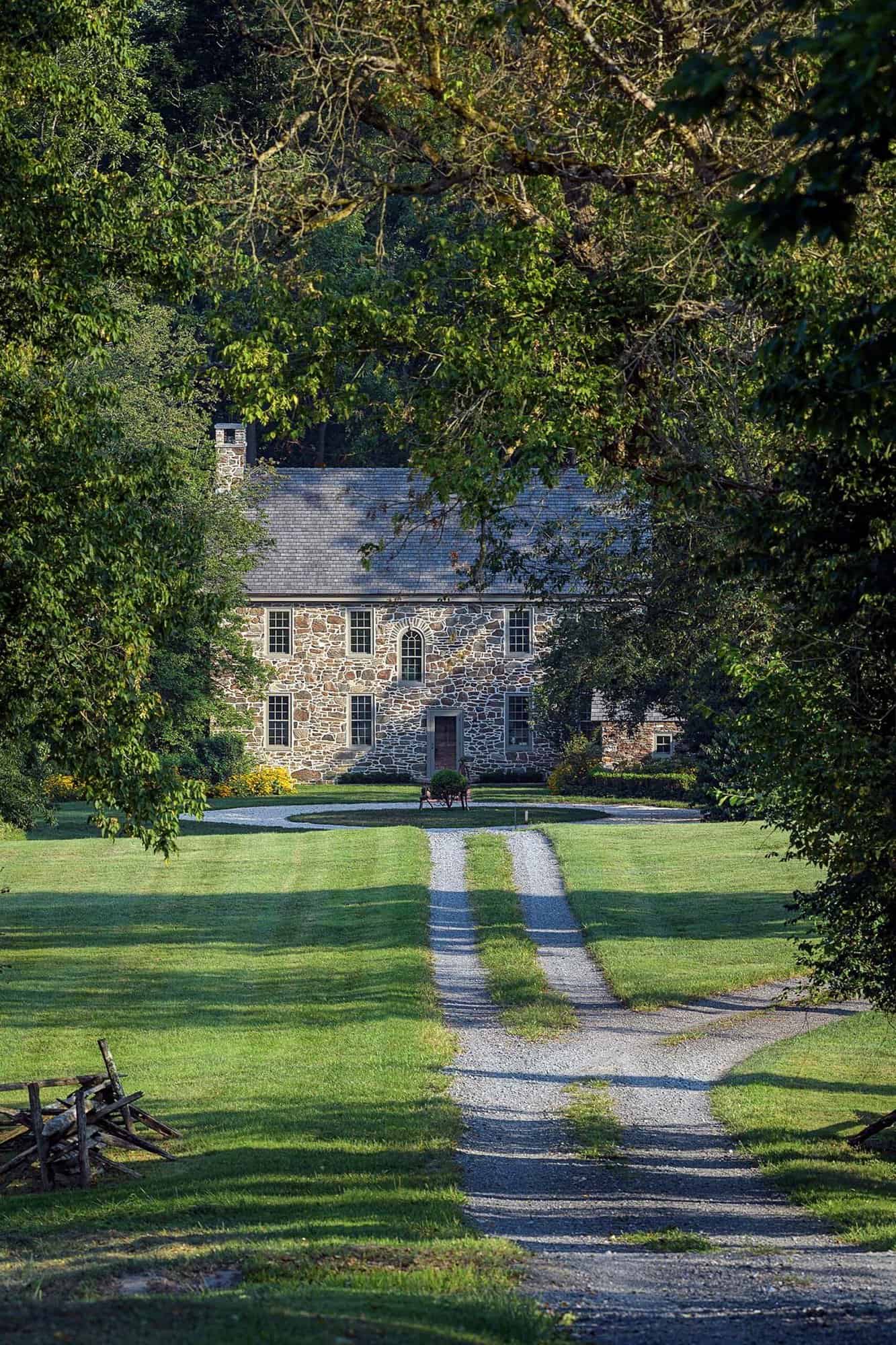
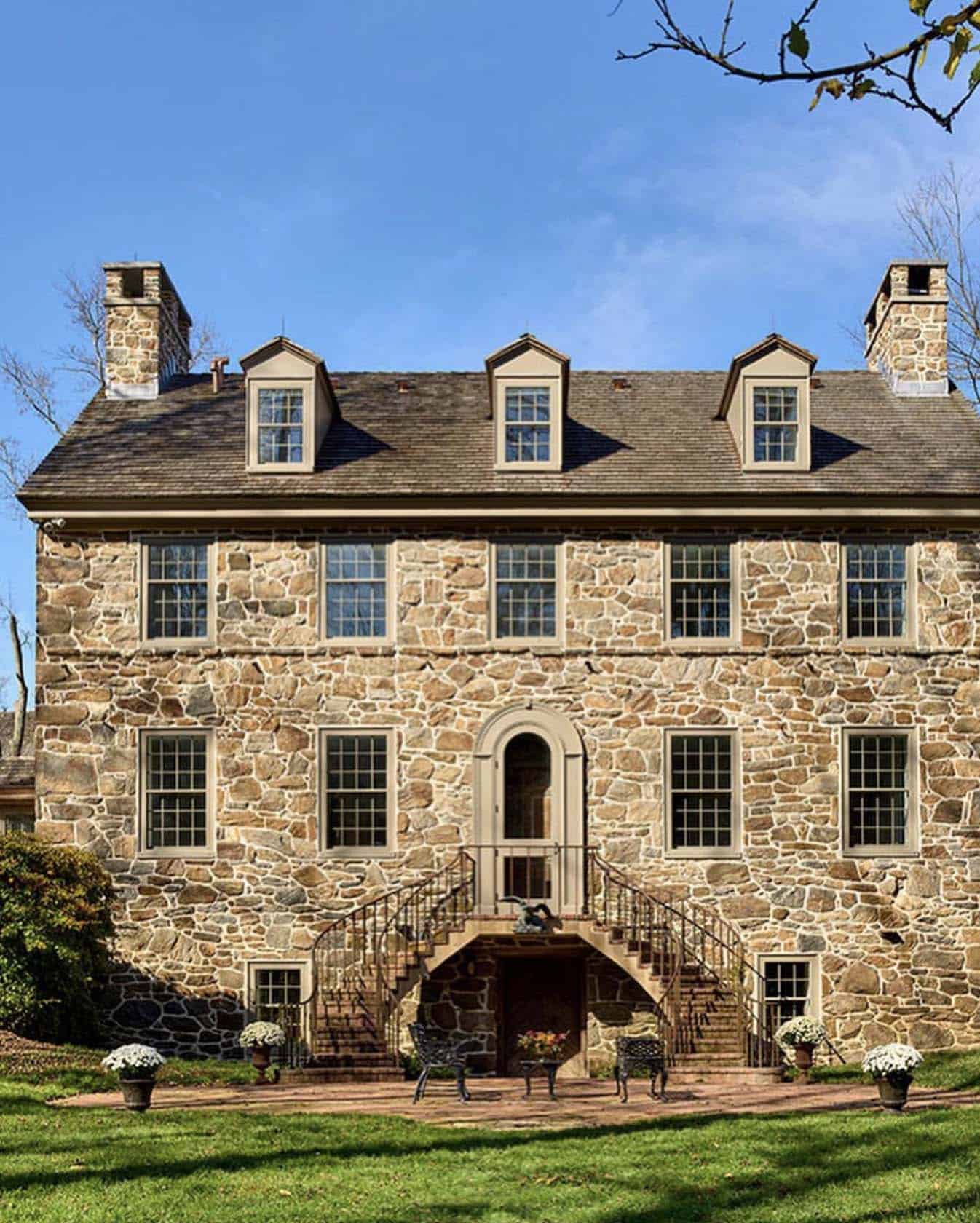
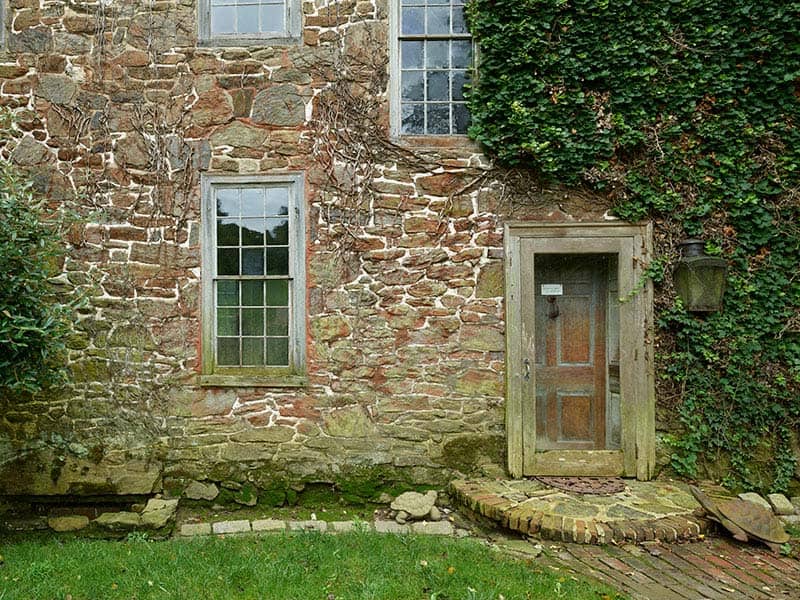
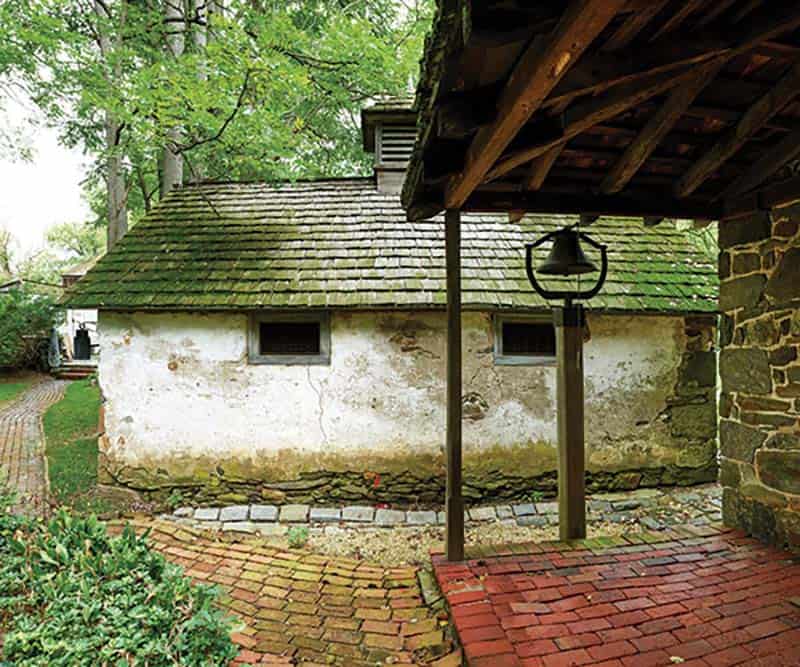
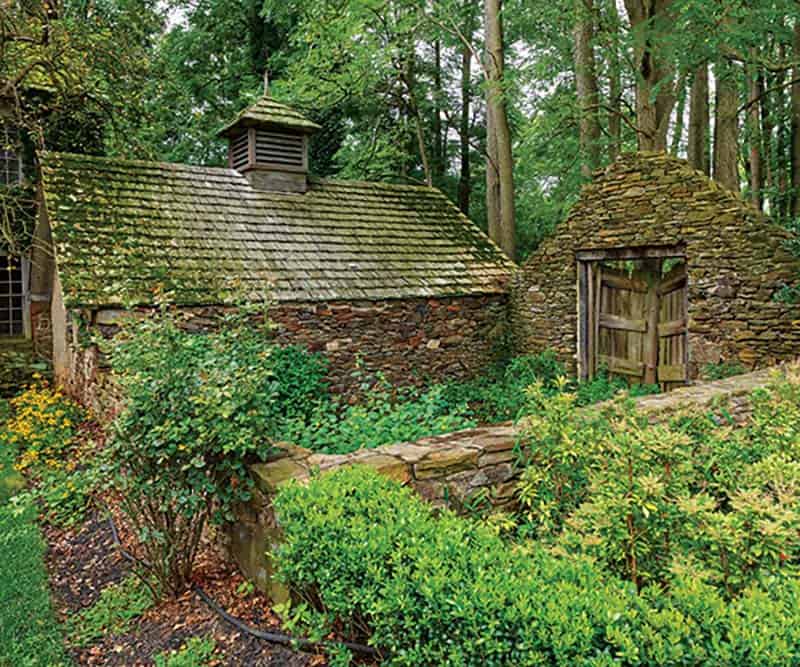

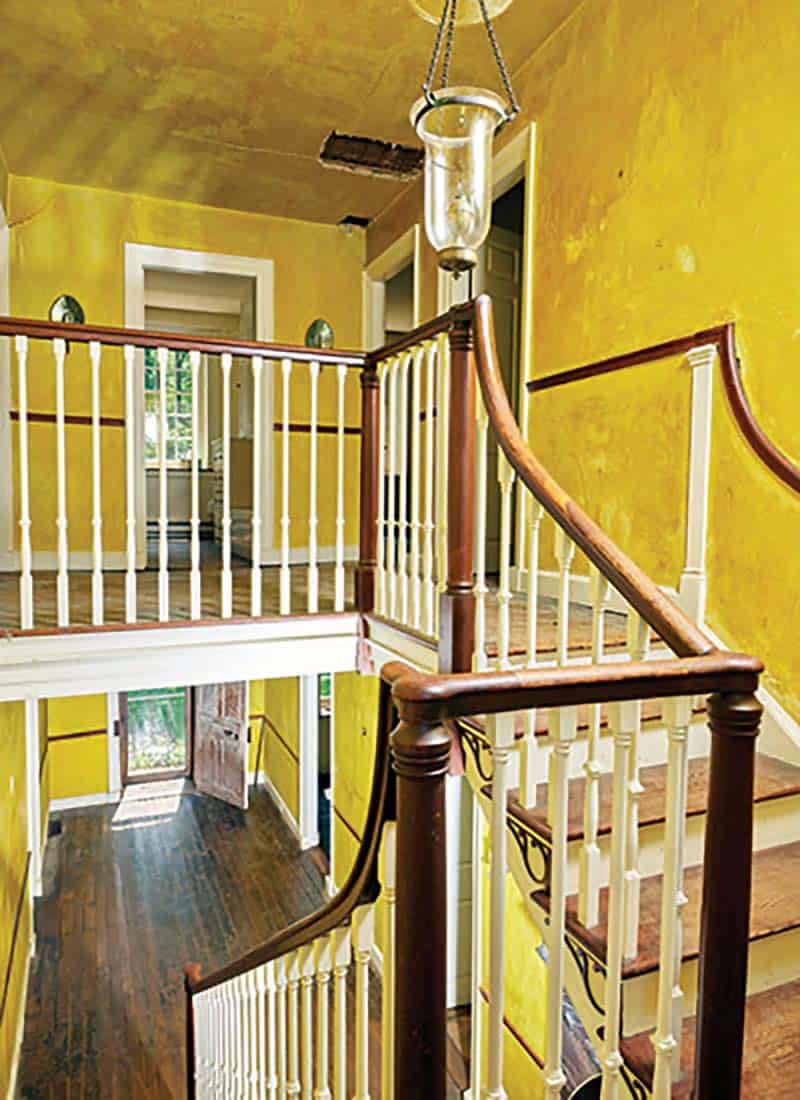
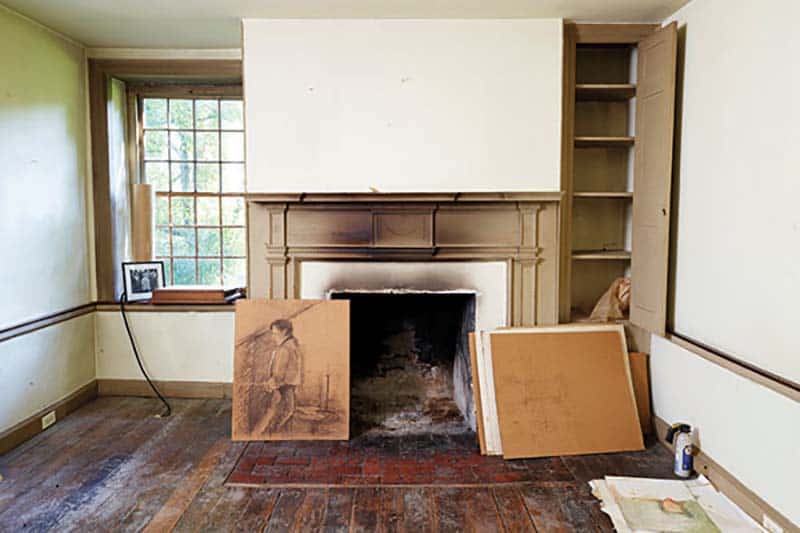
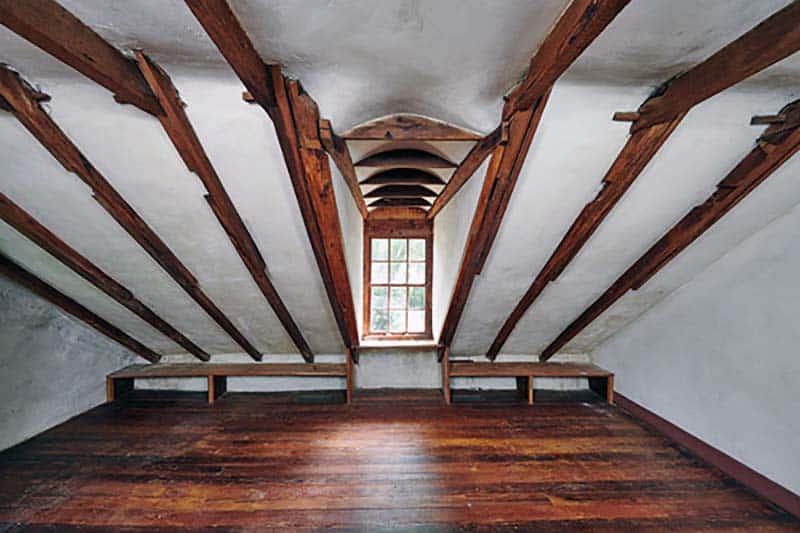
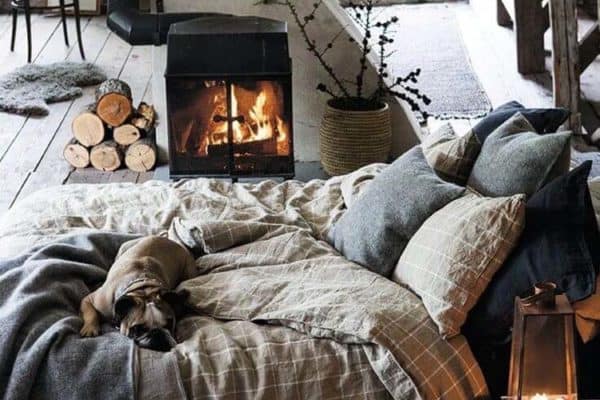
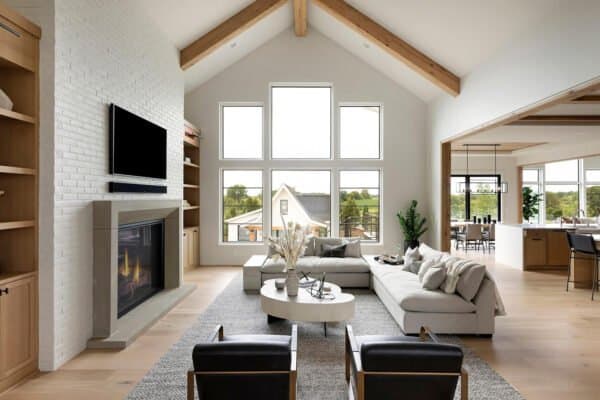

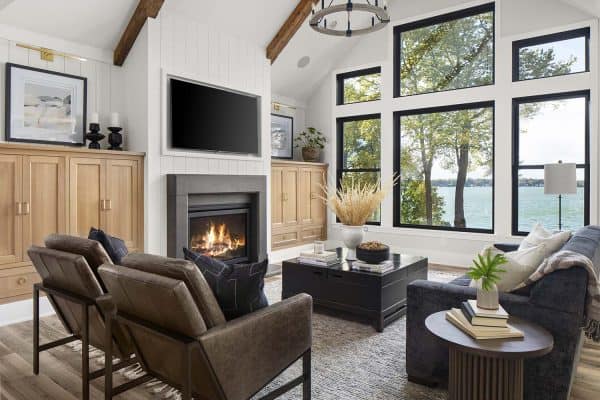
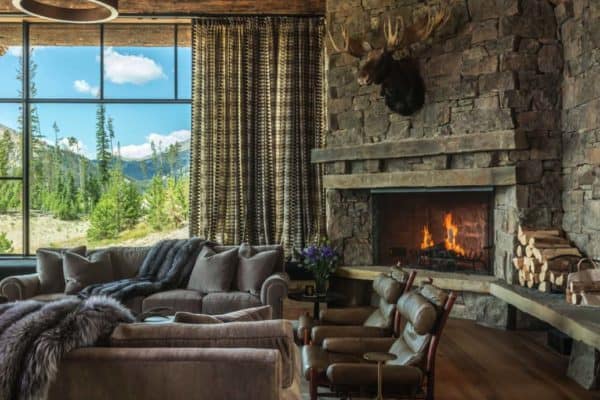

11 comments